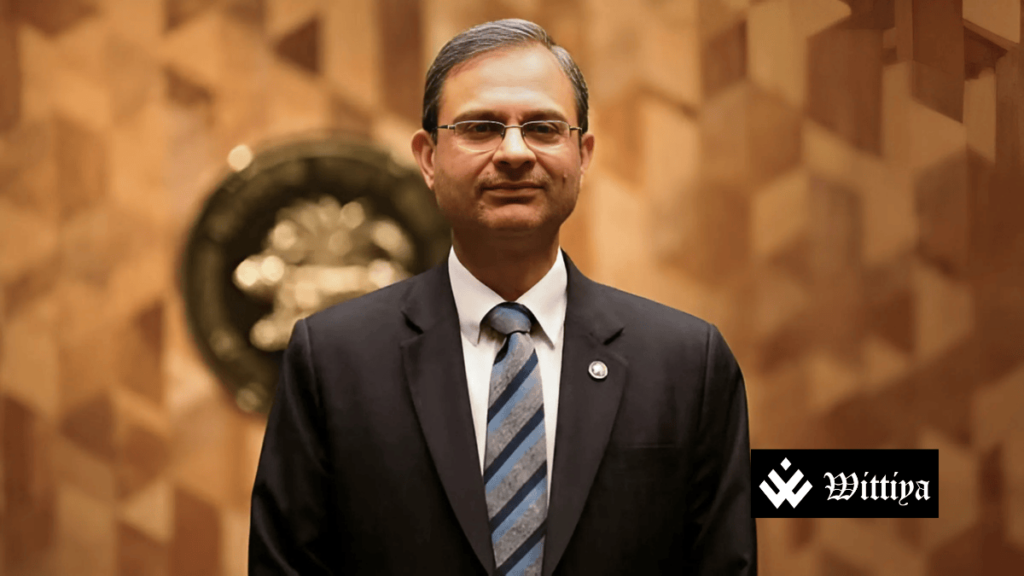India’s new RBI Governor, Sanjay Malhotra, is expected to announce an interest rate cut, shifting focus from inflation control to economic growth amid global risks.
India’s new central bank governor, Sanjay Malhotra, is set to take bold steps in his first policy meeting by likely cutting interest rates as global economic risks continue to rise. Malhotra, who took office in mid-December 2024, is expected to depart from the aggressive stance of his predecessor, Shaktikanta Das, who maintained high interest rates for two years in an attempt to control inflation, keeping it near a 4% target.
As the global economic landscape faces mounting uncertainty, including the threat of tariff wars from U.S. President Donald Trump, India’s central bank is turning its focus towards fostering economic growth rather than strictly curbing inflation. Economists surveyed by Bloomberg predict that Malhotra will lower the benchmark repurchase rate by at least 25 basis points to 6.25% in his first policy review meeting on February 9, 2025. Some analysts believe there is a chance Malhotra may surprise markets with an even larger reduction of 50 basis points.
The Reserve Bank of India (RBI), headquartered in Mumbai, Maharashtra, has undergone a significant restructuring, with Malhotra at the helm of an almost entirely new six-member monetary policy committee (MPC). Deputy Governor M. Rajeshwar Rao has temporarily replaced Michael Patra, who retired last month. Three new external members also joined the MPC in October 2024.
Malhotra, a longtime bureaucrat with a background as the former revenue secretary in the Ministry of Finance, has kept a relatively low profile since his appointment, offering little public commentary on his approach to inflation and the currency. However, insiders suggest that he is more inclined to allow the rupee to weaken compared to his predecessor, preferring a less interventionist approach.
The likelihood of a rate cut has gained momentum following recent economic data indicating a more significant slowdown than expected, along with escalating global uncertainties. Additionally, India’s annual budget, presented by Prime Minister Narendra Modi, included a historic $12 billion tax cut aimed at stimulating the economy. According to Kaushik Das, the chief economist for India at Deutsche Bank AG, “Monetary policy will have to do the heavy lifting to support growth in 2025 and beyond. Otherwise, there is a non-trivial risk of falling behind the curve.”
India’s central bank is expected to continue adapting its policies in the face of global challenges, making Malhotra’s upcoming policy meeting one of particular interest to economists and financial markets alike.
